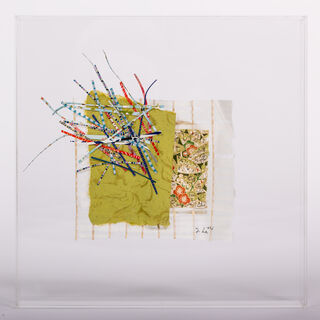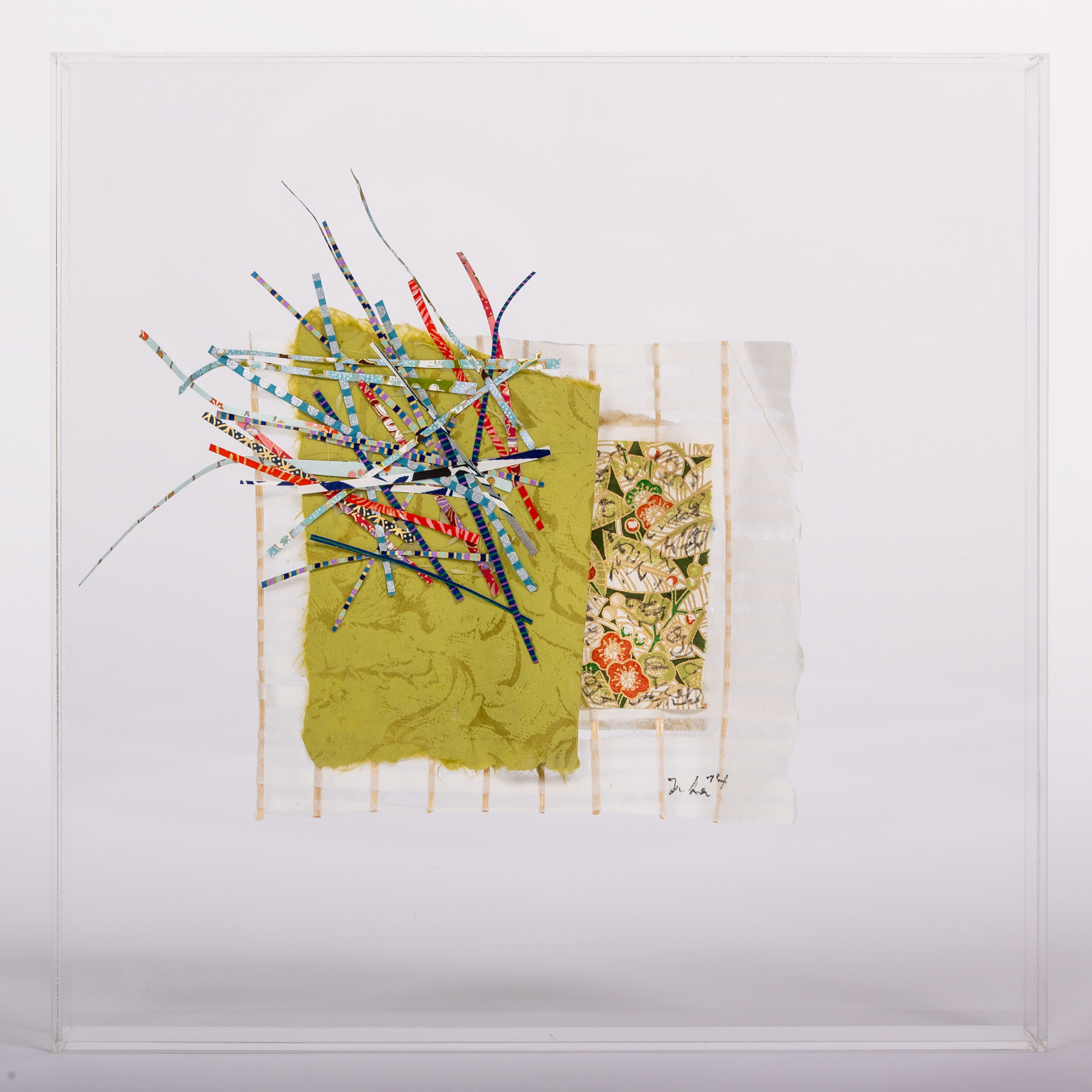Sculpture "Wind sign I" (2023)
Sculpture "Wind sign I" (2023)
Quick info
Other materials | More refinement | Format 30 x 30 x 8 cm (H/W/D) | Weight 11 kg | signed certificate of authenticity
Detailed description
Sculpture "Wind sign I" (2023)
"Wind Signs" is the name of a series of works created from 2004 onwards. Wire wrapped in corrugated paper represents the natural process of how strong winds shape the landscape, such as sand dunes on the seashore or in the desert. A second series of the same name (2005) consists of sail-like forms. How the individual color fields constructively relate to each other is also determined here by chance (just as drifts in nature itself produce random arrangements).



